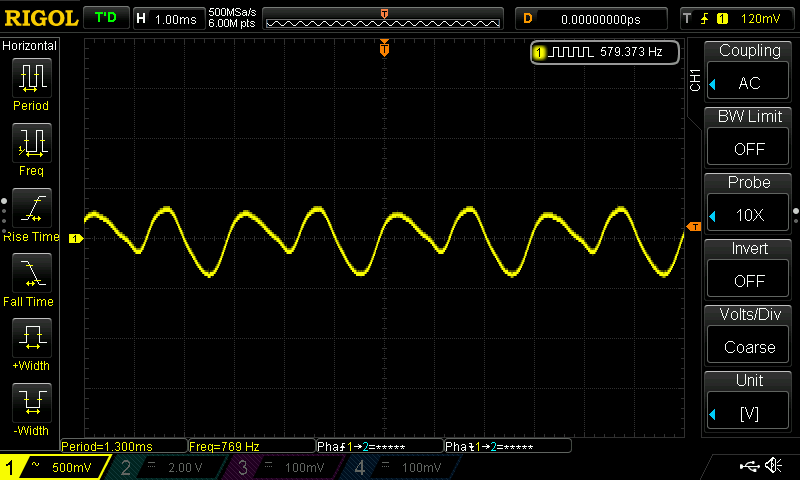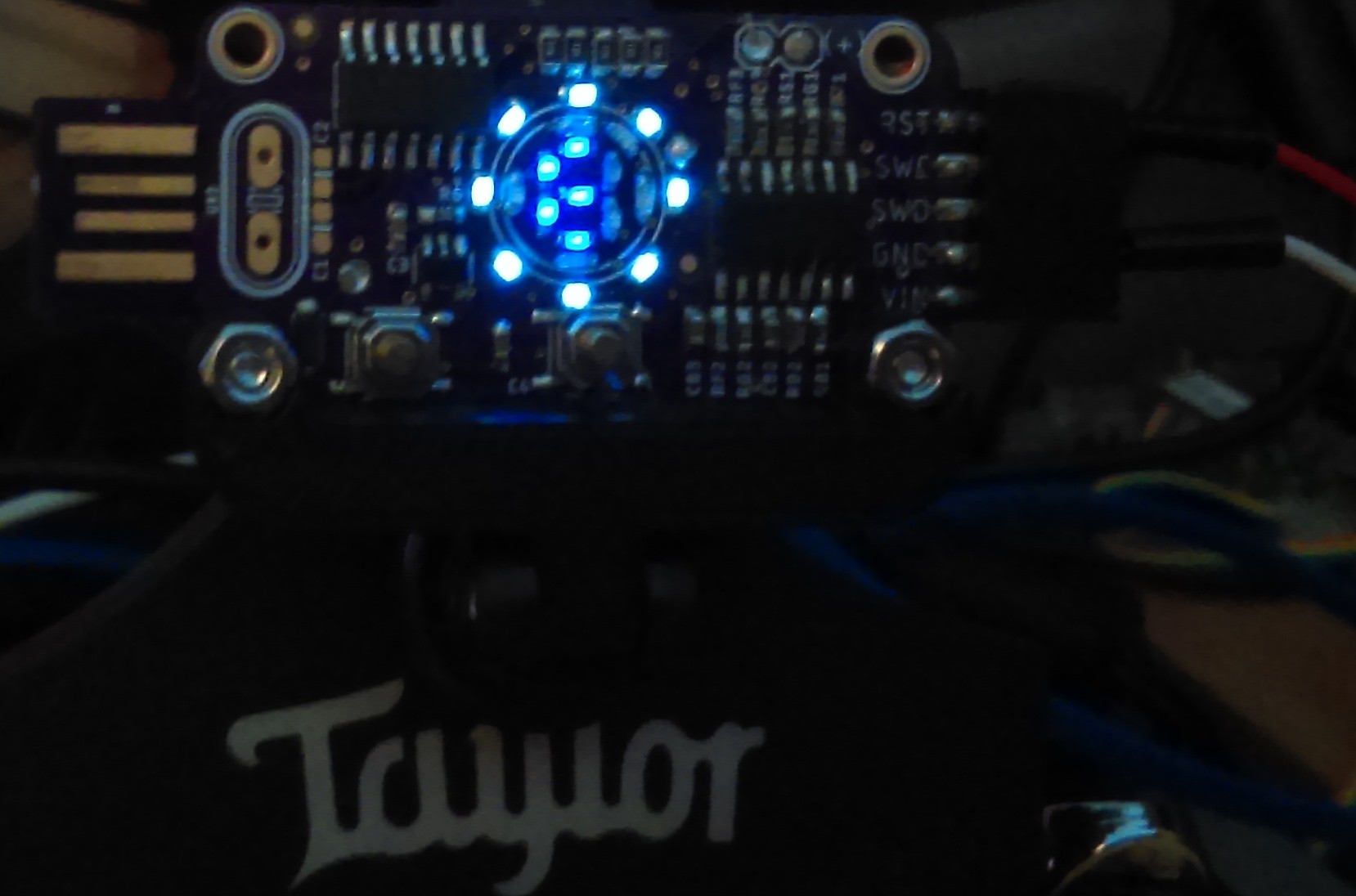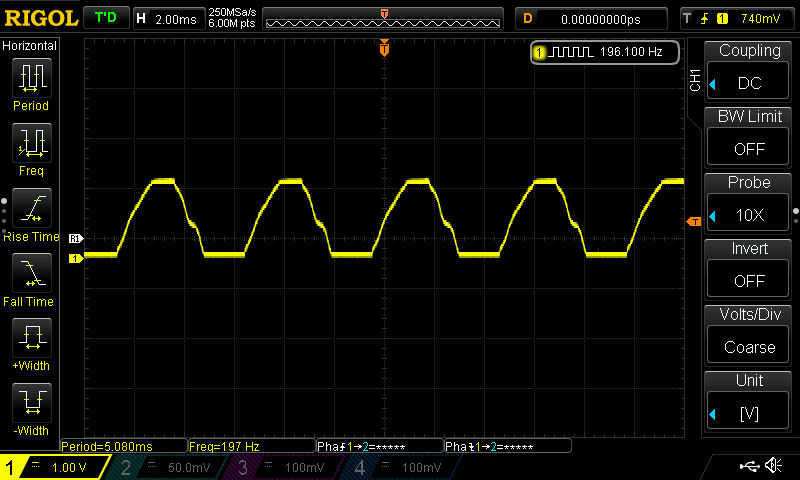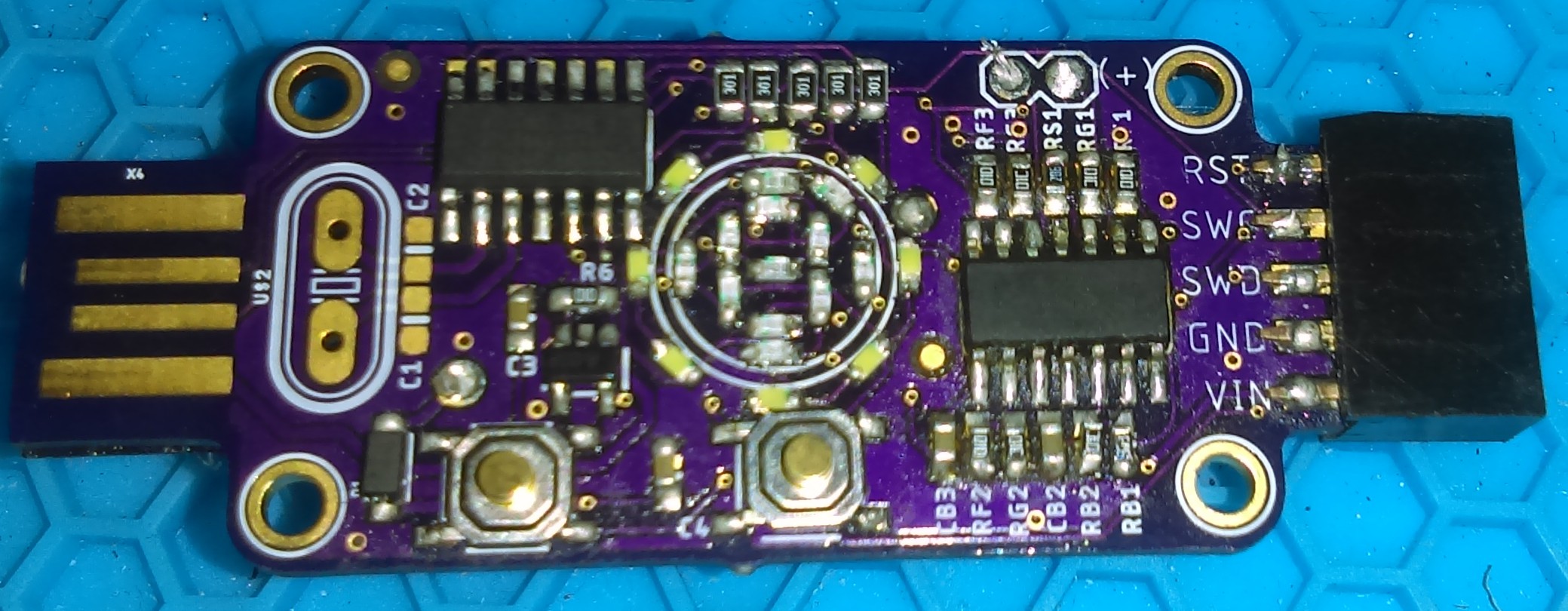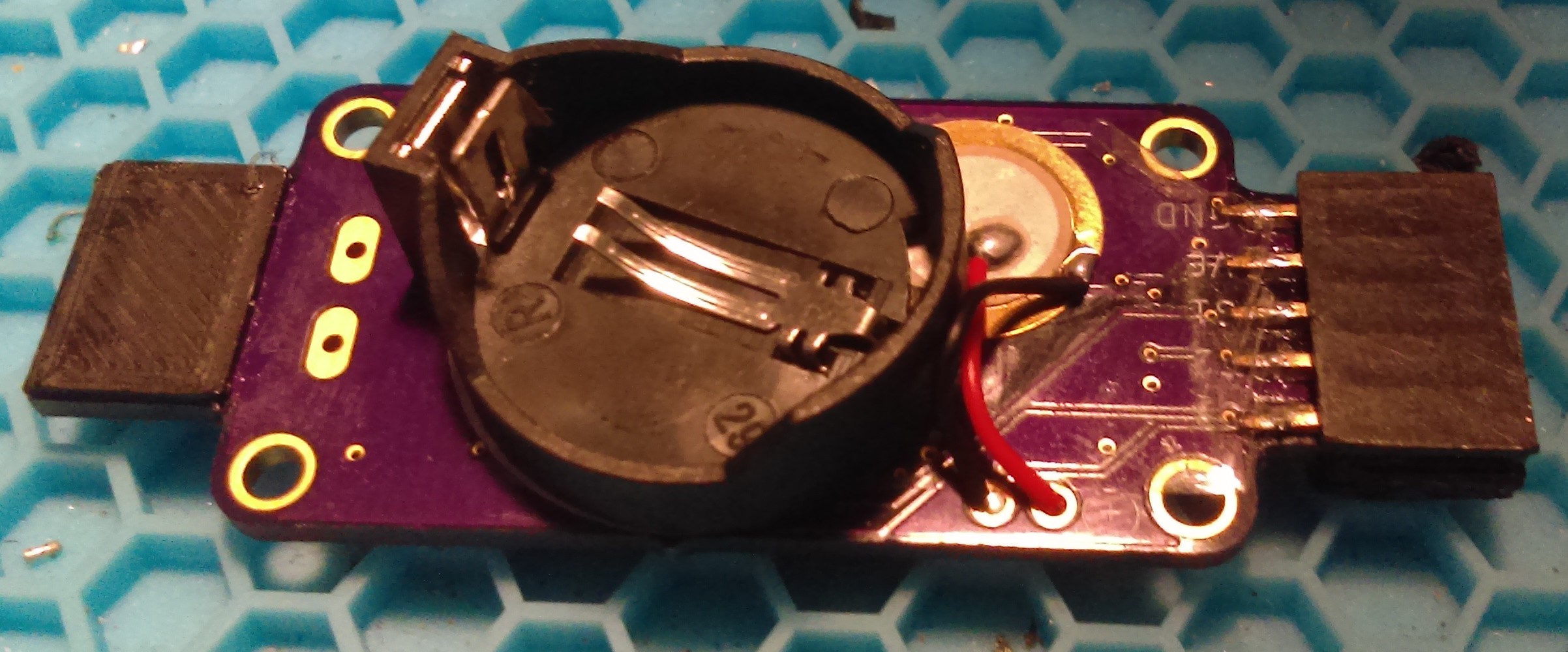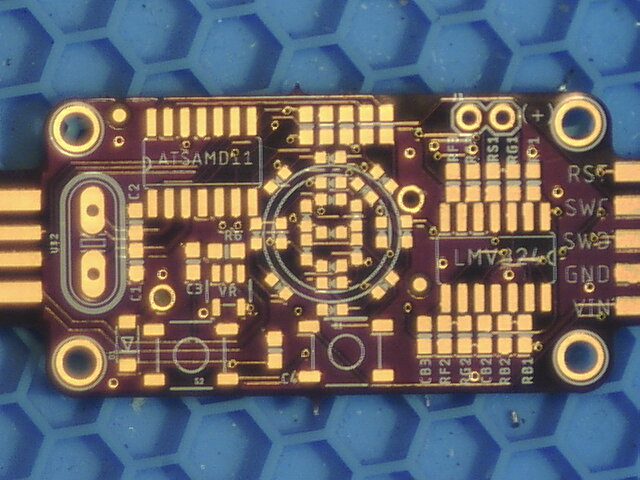This tuner is based on the stroboscopic effect. Wikipedia has an excellent explanation with animations. If you are not familiar then take the time to read it. The stroboscopic effect is basically the aliasing of two similar signals which produces a third signal. The third signal being the difference of the two similar signals. The wagon wheel effect is a stroboscopic effect. When a motion camera records a wheel in motion it records at a specific rate such as 24 frames per second. If the wheel is rotating at 21 revolutions per second then it will appear as if it is rotating at 3 frames per second. There is a sound analog to this and it is called acoustic beating. When you tune a guitar, and use one string fretted to the same note as an other open string, it will produce beats when they are not the same frequency. You listen to this beating and try to slow it down as much as possible in order to tune the two strings together. The stroboscopic effect transforms the acoustic beating into a visual analog and it is represented by a rotation just the same as the wagon wheel effect. You try to slow down the rotation as much as possible to make it appear as if it is still. Then you know the two are at the same frequency (or multiples of).
The LED strobe tuner is based off this principle but instead of rotating a wheel, a LED pointer is rotated at the tuning frequency. When the sound has positive pressure the LEDs are turned on and then off vice versa. When the tuning frequency and test frequency are the same then half of the LEDs are on for the positive pressure and the other half are off for the negative pressure and appear to sit still. Slightly off then the LEDs will appear to rotate at the same acoustic beating rate. This is what makes the stroboscopic effect superior to acoustic beating. The slightest difference in frequency will visually show a rotation but trying to hear the beating at the same difference takes highly trained ear.
 rrace001
rrace001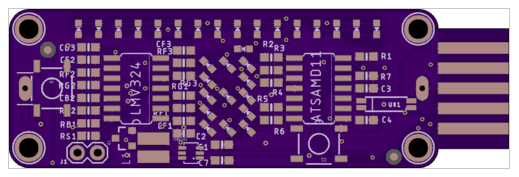 .
.
